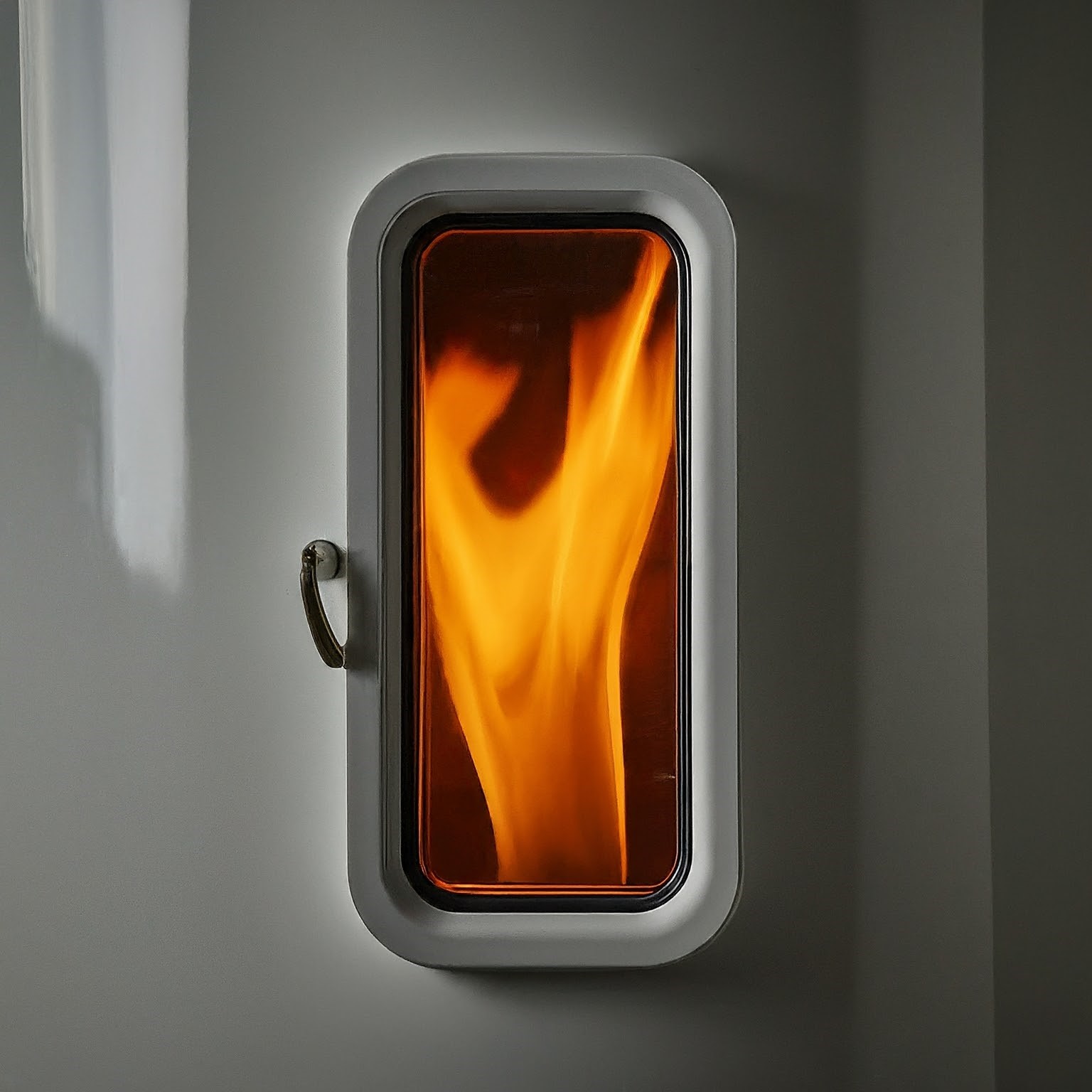AC, Heating & Plumbing Frequently Asked Questions
What is the difference between a heat pump and an air conditioner?
The main difference between an air conditioner (AC) and a heat pump is that a heat pump can both heat and cool a home, while an AC can only cool. Heat pumps use a reversing valve to switch the flow of refrigerant and transfer heat indoors during the winter and outdoors during the summer. In the summer, a heat pump works the same as an AC, removing heat from your home and releasing it outside.
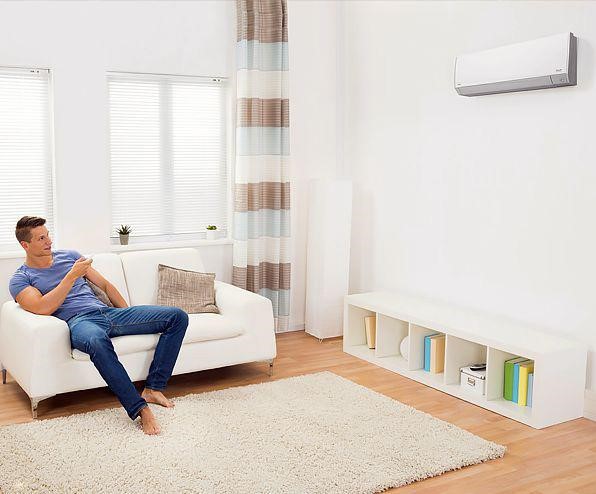
How much does a heat pump cost?
Heat pumps are becoming an increasingly popular choice for homeowners looking for efficient heating and cooling solutions. However, the cost is a major factor in the decision-making process. So, how much does a heat pump really cost? The short answer is: It depends.
Heat pump costs vary widely depending on several factors, including:
- Type of heat pump
- Size and capacity
- Efficiency rating (SEER and HSPF)
- Installation complexity
- Brand and features
- Local incentives and rebates
The best way to get an accurate cost for your specific situation is to schedule a consultation with a qualified HVAC Contractor like us. If you are considering a heat pump for your home, contact us today for a free, no upselling, consultation. We will be happy to answer any questions you have and help you make an informed decision. The average cost to install a heat pump is around $5,500, but the cost can range from $2,500 to $10,000. We have equipment, and easy financing, for every budget. Give us a call today to learn more.
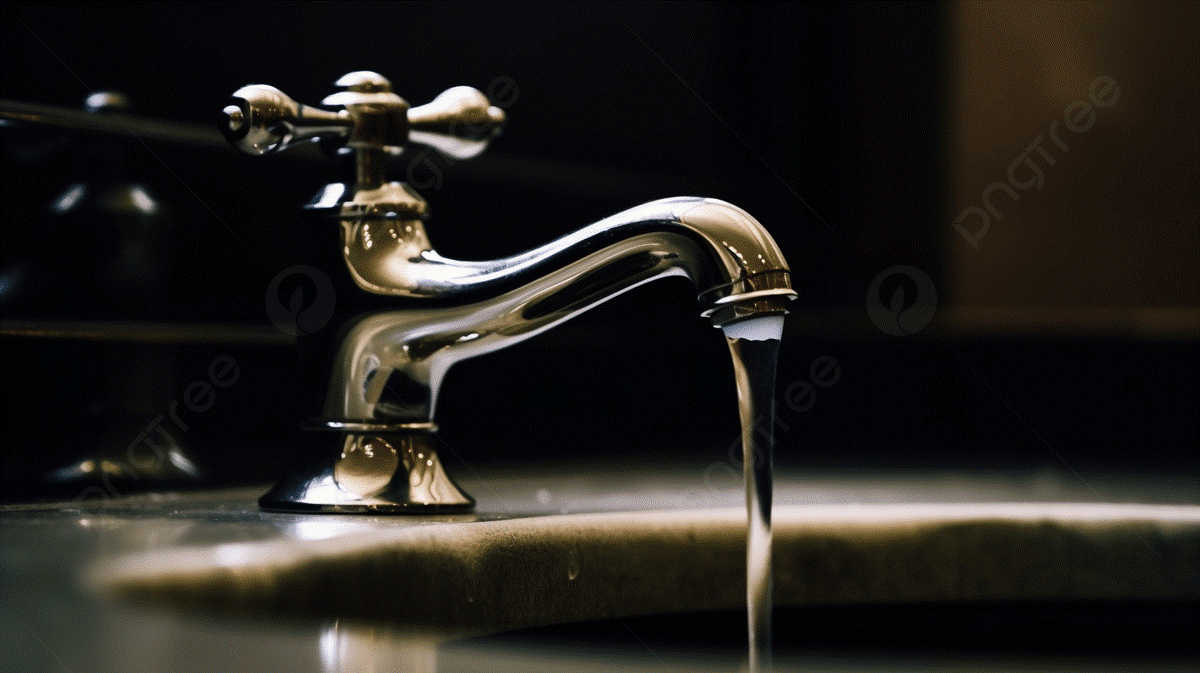
How to fix a leaky faucet?
Leaky faucets are not only annoying but also waste a surprising amount of water over time. The good news is, many leaks can be fixed with simple DIY repairs.
Start by identifying the type of faucet you have: Compression, cartridge, ceramic disc, or ball. Each type has slightly different repair procedures.
Turn off the water supply: Locate the shut-off valves under the sink and turn them clockwise until they stop.
Disassemble the faucet: Carefully remove the handle and any other components to access the internal parts.
Replace worn-out parts: The most common culprits are worn-out washers, O-rings, or cartridges.
Reassemble and test: Put the faucet back together and slowly turn the water back on to check for leaks.
If you are unsure about the repair process or the leak persists, do not hesitate to call us. We can quickly diagnose and fix the issue, saving you time, money, and frustration.
What are the signs my water heater is going out?
While some issues can be fixed with repairs, here are key signs a replacement is wiser:
Age: If your water heater is over 10 years old, it is nearing the end of its expected lifespan.
Frequent repairs: Multiple repairs within a short period suggest underlying problems that a new unit would avoid.
Rusty water: This indicates corrosion inside the tank, compromising its integrity.
Insufficient hot water: If you are constantly running out, the tank might be too small or have internal damage.
Strange noises: Rumbling or banging sounds can mean sediment buildup or failing components.
If you notice these signs, contact us for a professional assessment. We will help you determine the best course of action.

When is it time to replace my AC Unit?
The decision depends on several factors, including the AC unit’s age, repair frequency, and overall efficiency. If your unit is over 10-15 years old, requires frequent repairs, or struggles to maintain a comfortable temperature, an upgrade might be more cost-effective in the long run. Newer models offer improved energy efficiency, quieter operation, and enhanced features, leading to lower energy bills and increased comfort.

How to unclog water pipes?
Clogged drains are a common household nuisance, but there are several ways to tackle them before calling a plumber.
Try a plunger: For sink or bathtub clogs, a plunger can often dislodge the blockage. Make sure you use a plunger specifically designed for the type of drain you are unclogging.
Use a drain snake: If the plunger does not work, a drain snake can reach further down the pipe to break up or retrieve the clog.
Natural solutions: For minor clogs, a mixture of baking soda and vinegar followed by hot water can sometimes do the trick.
Remember, avoid using harsh chemical drain cleaners as they can damage your pipes and be harmful to your septic system. If your DIY efforts fail, we are just a call away to clear that stubborn clog safely and efficiently.
How to fix a running toilet?
A constantly running toilet not only wastes water but also increases your water bill. Fortunately, most running toilet issues can be fixed with a few simple adjustments or part replacements.
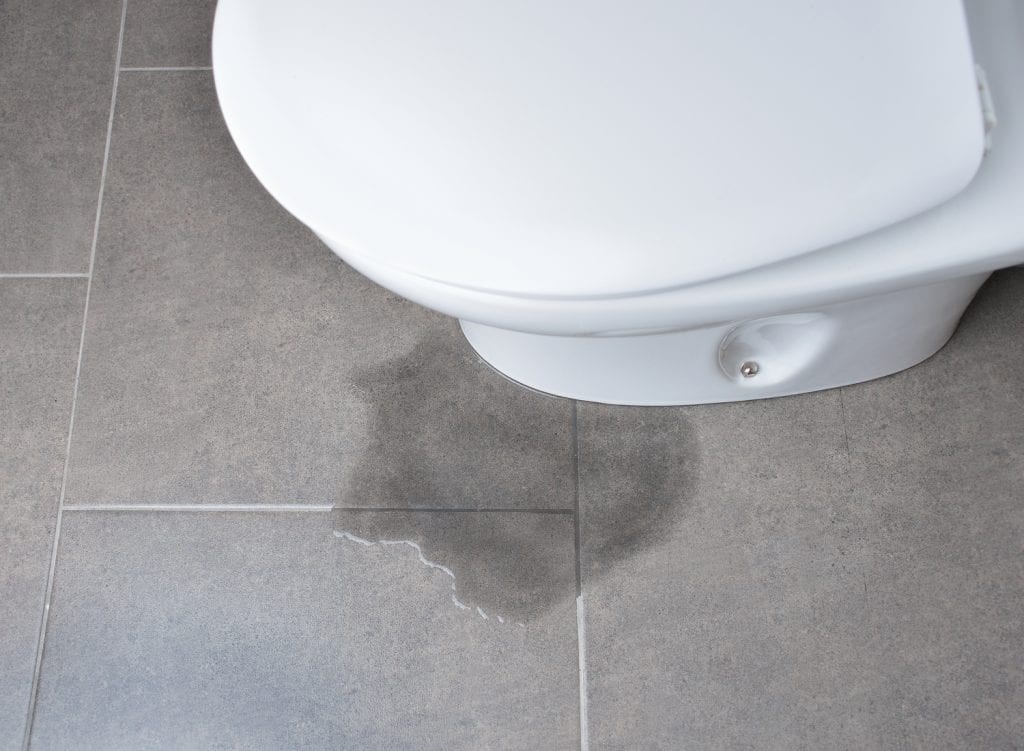
Check the flapper: The flapper is the rubber seal at the bottom of the tank that controls the flow of water into the bowl. If it is worn or misaligned, it may not seal properly, causing the toilet to run.
Inspect the fill valve: The fill valve controls the water level in the tank. If it is malfunctioning, the water level may be too high, leading to continuous running.
Adjust the float: If the float is set too high, the tank will overfill, causing the water to run into the overflow tube. Adjust the float arm to ensure the water level is below the overflow tube.
If you are unsure about the cause of the running toilet or the repair process, contact us for prompt and professional assistance. We will get your toilet running smoothly again in no time.
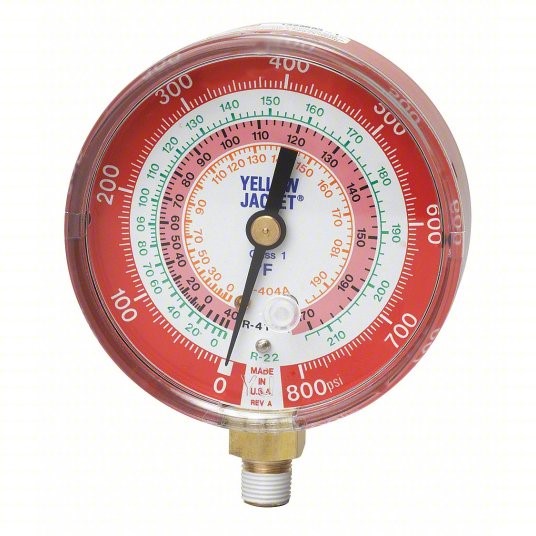
Why is my water pressure low all of a sudden?
Low water pressure can be caused by several factors, including:
Clogged pipes: Mineral deposits or debris buildup can restrict water flow, leading to low pressure.
Corroded pipes: Old or damaged pipes can also reduce water pressure.
Water main issues: Problems with the municipal water supply can sometimes cause low pressure throughout your neighborhood.
Pressure regulator malfunction: The pressure regulator controls the water pressure entering your home. If it is faulty, it can cause low pressure.
If you are experiencing low water pressure, it is best to consult with a professional plumber. We can diagnose the cause and recommend the appropriate solution, whether it is cleaning your pipes, replacing damaged sections, or adjusting the pressure regulator.
We hope these answers are helpful! Remember, for any plumbing issues you encounter in New York or New Jersey, do not hesitate to reach out to us for reliable and expert service.
How often should I change my AC filter?
How often you should change your air filter depends on a few factors, but the general recommendation for homeowners is every 1-6 months, depending on the type of air filter. However, there are a few things that could make you want to change it sooner:
- Type of filter
- Pets
- Allergies or respiratory sensitivities
- High usage
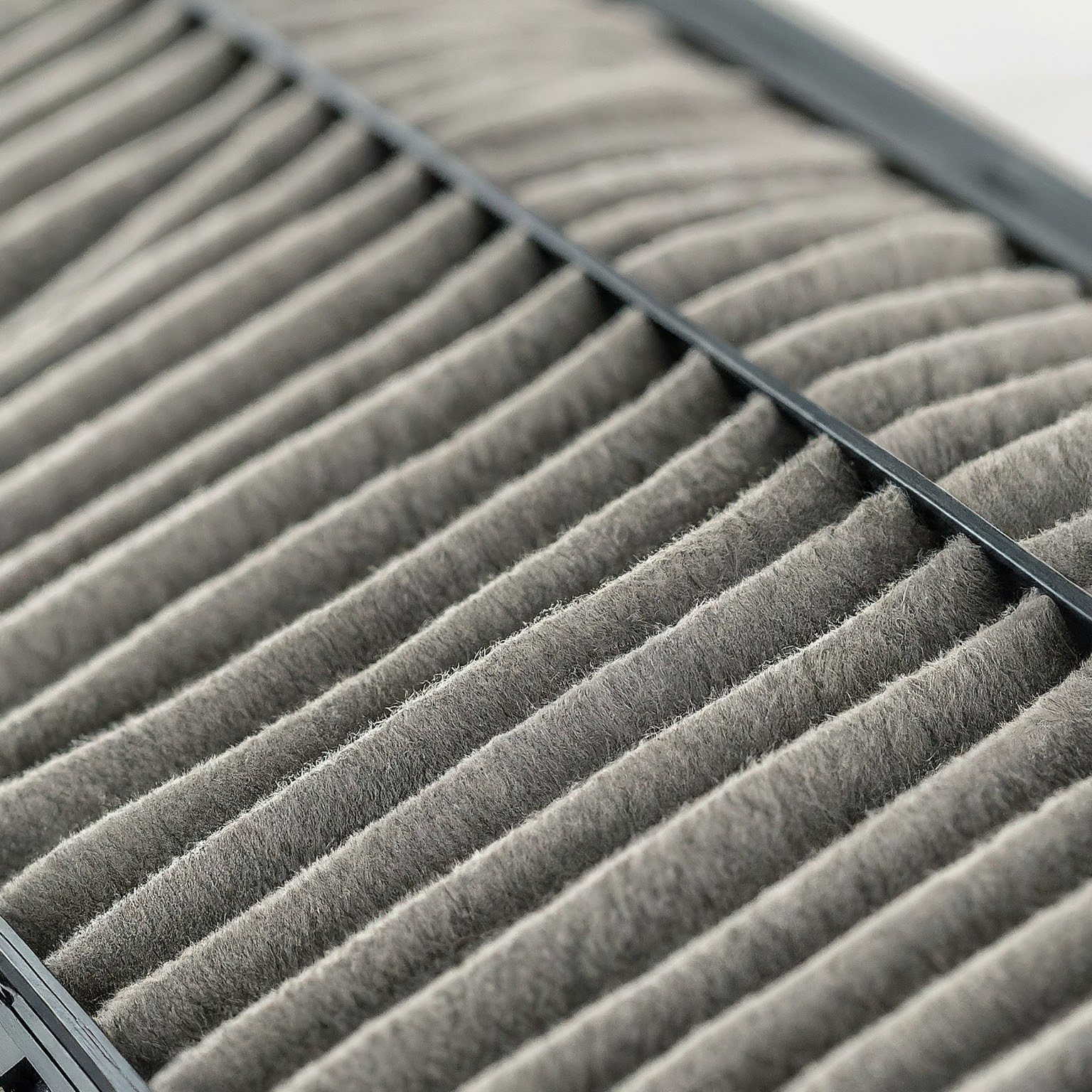
A visual inspection is always the best way to determine if your filter needs replacing. If it looks visibly dirty or clogged with dust and debris, it is time for a new one, even if it has not been the full 1-6 months.
If you are unsure about the right filter type or change frequency for your home, do not hesitate to reach out. We can assess your specific needs and recommend the best solution for your HVAC system and lifestyle.
What is the difference between a boiler and a furnace?
The primary difference between a boiler and a furnace is the medium they use to distribute heat: boilers use water, while furnaces use air.
Boilers: Heat water to create hot water or steam, which is then circulated through pipes to radiators or radiant flooring systems. Boilers can use gas, oil, or electricity as fuel. They are shorter than furnaces and connected to water pipes.
Furnaces: Heat air directly and distribute it through a network of ducts and vents. Furnaces can use natural gas, oil, wood, liquefied petroleum gas, or in rare cases coal. They are often shaped like filing cabinets and connected to ductwork. Furnaces can be noisy and require regular air filter changes.
